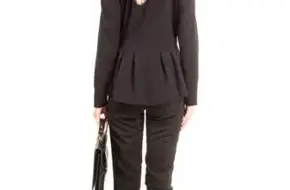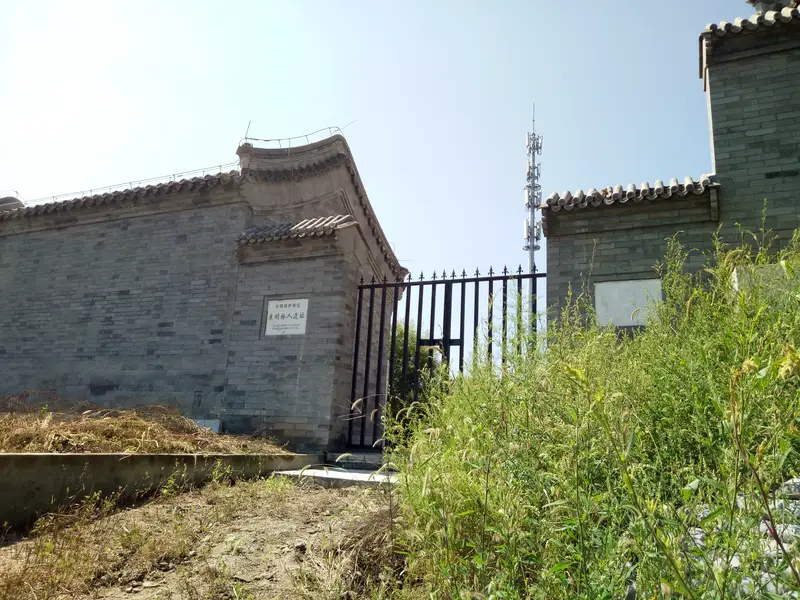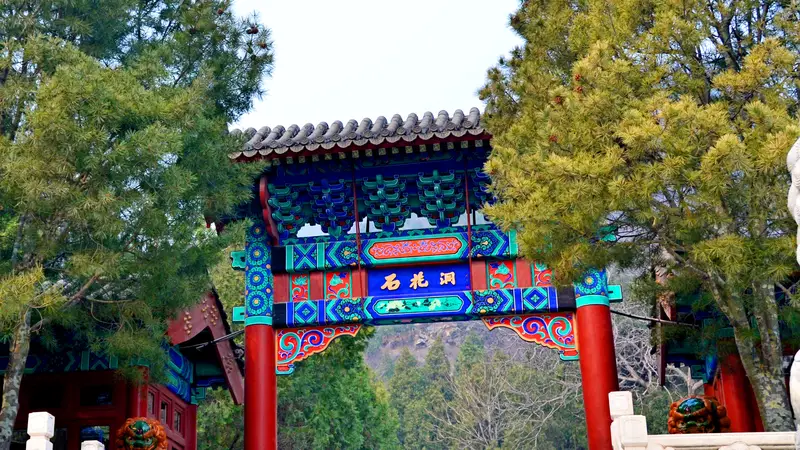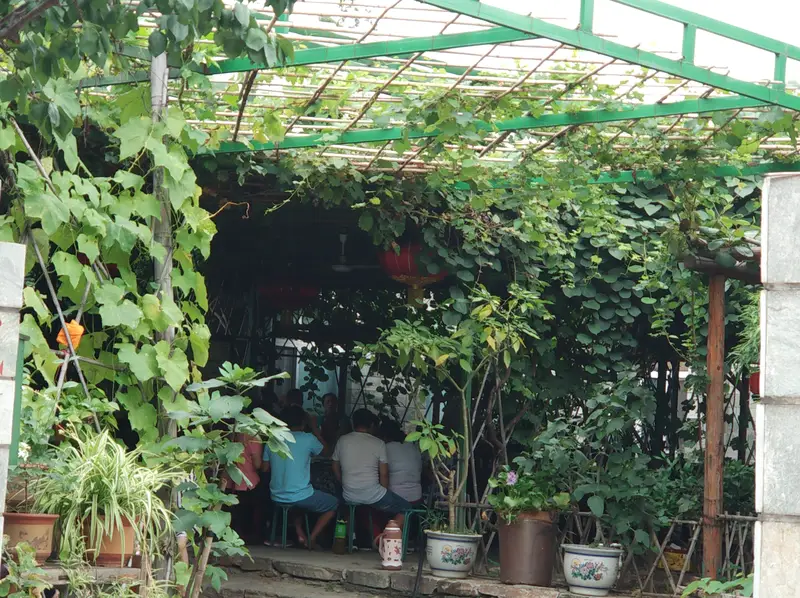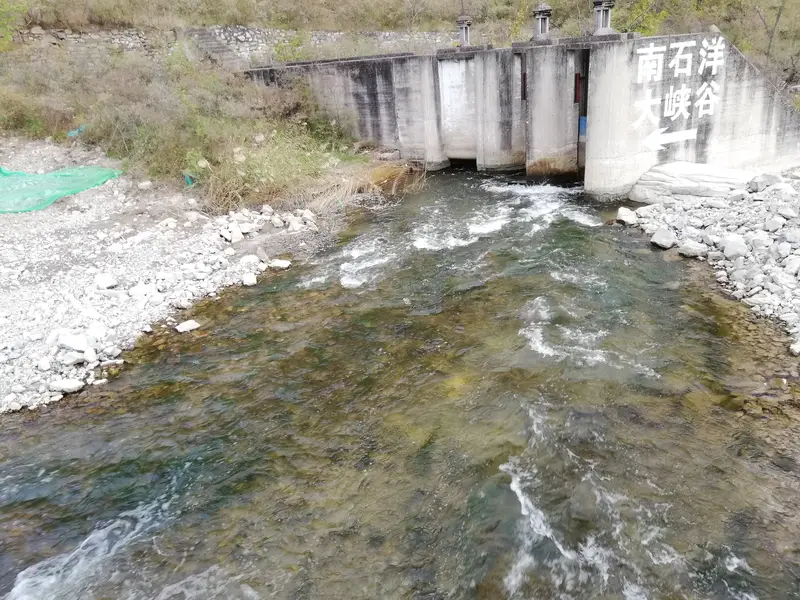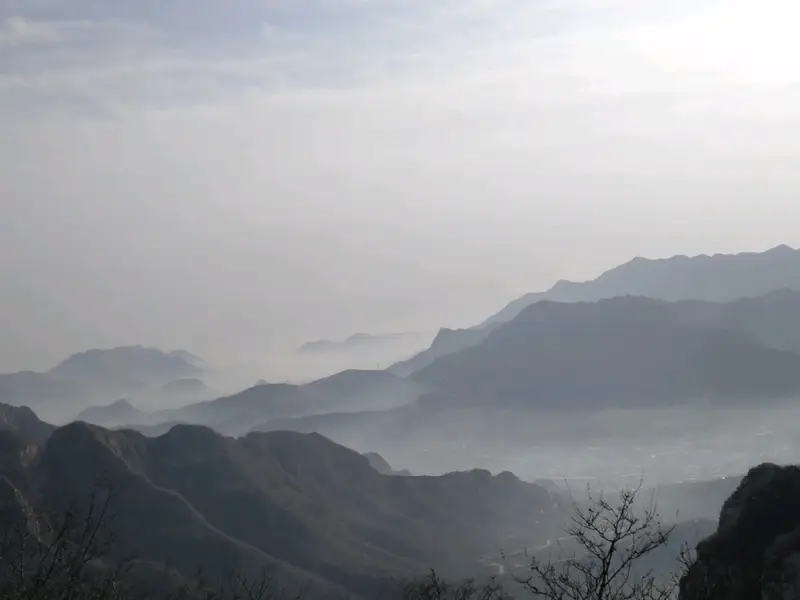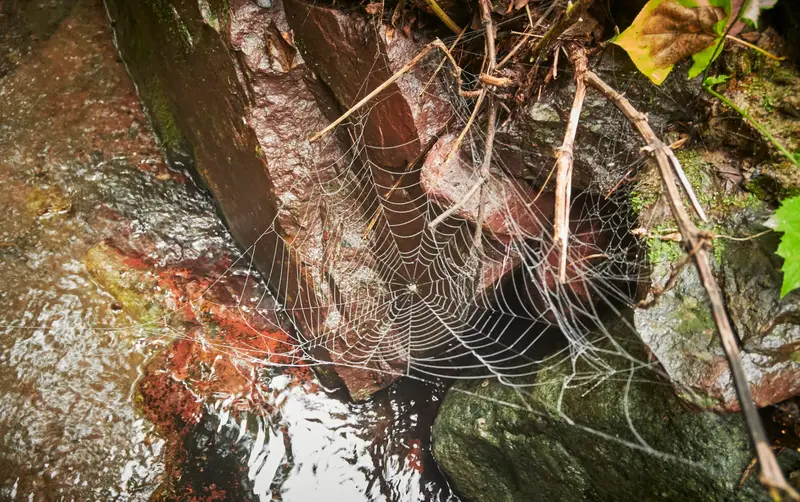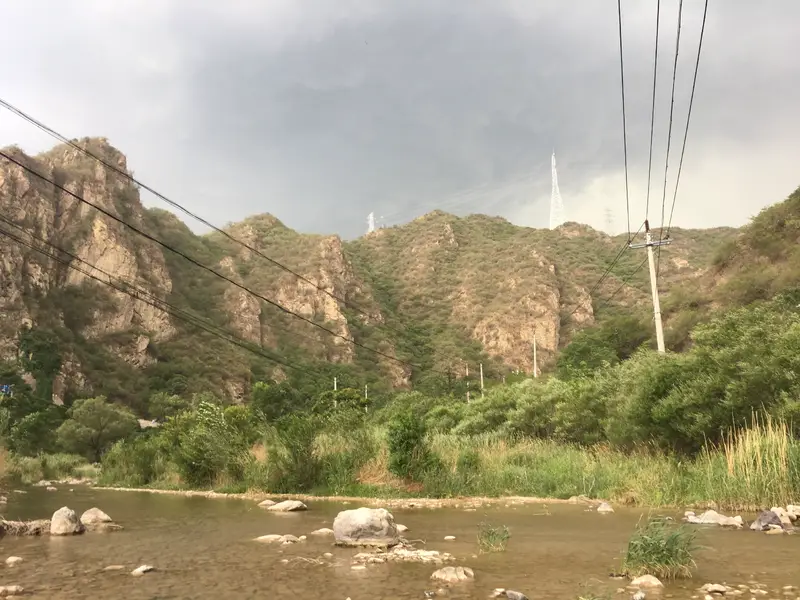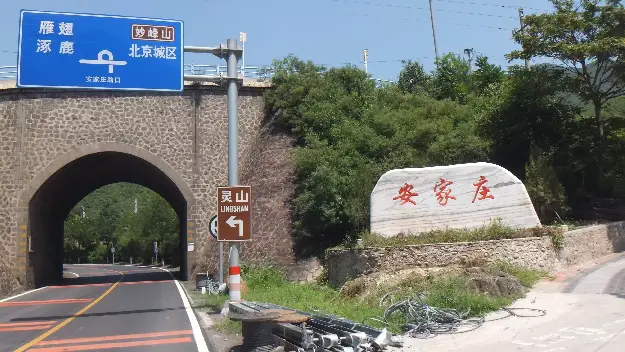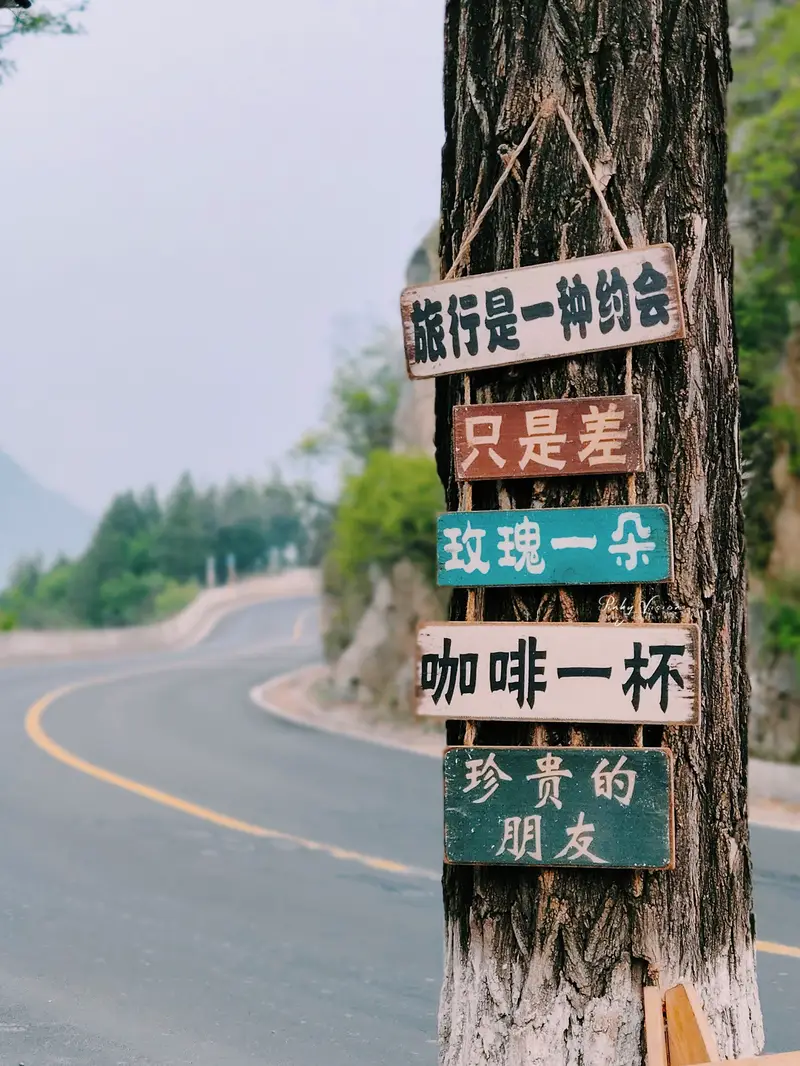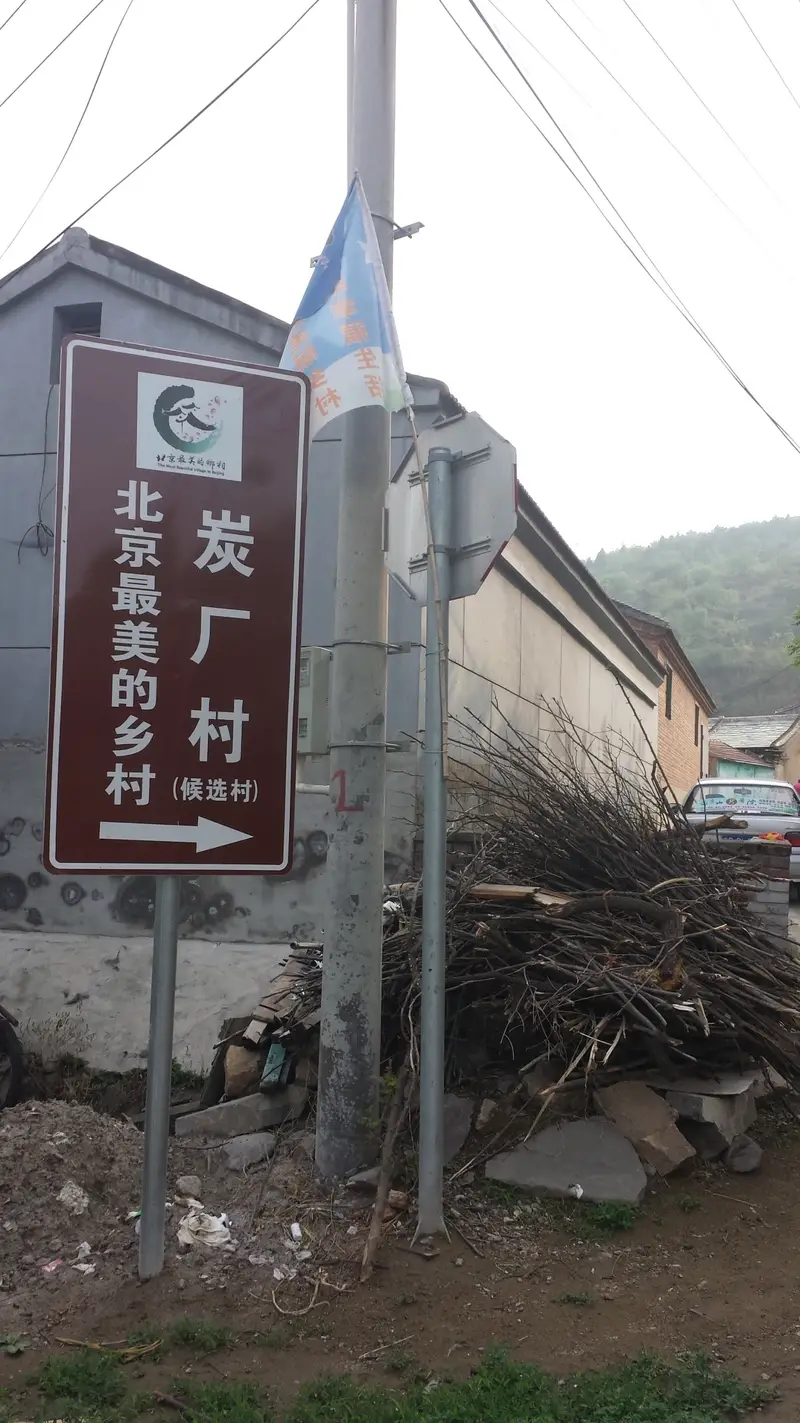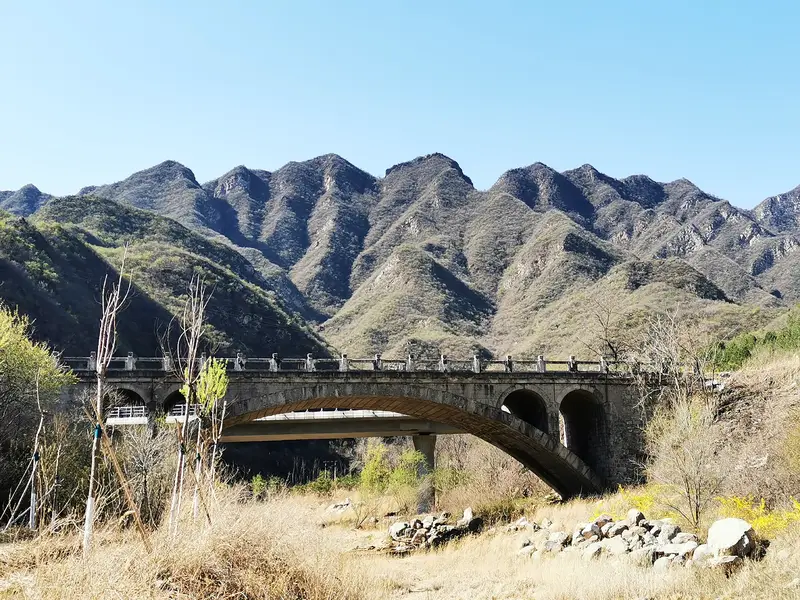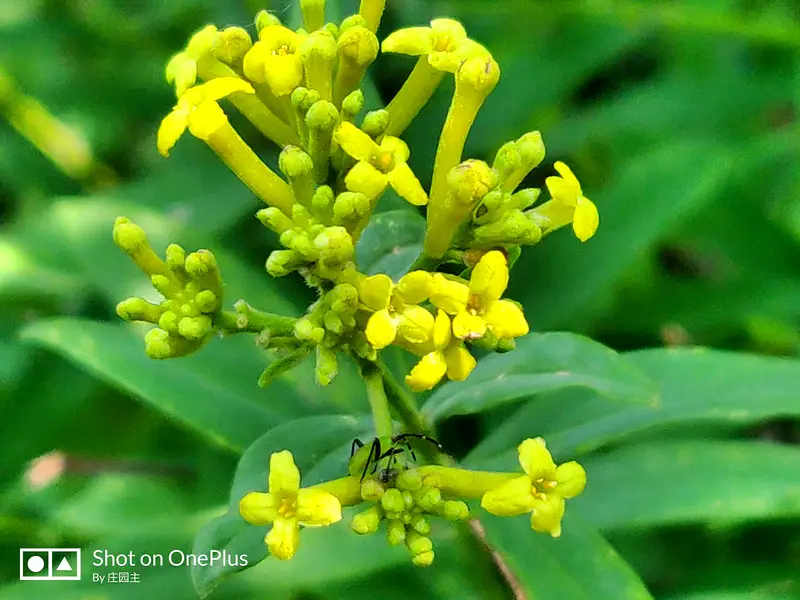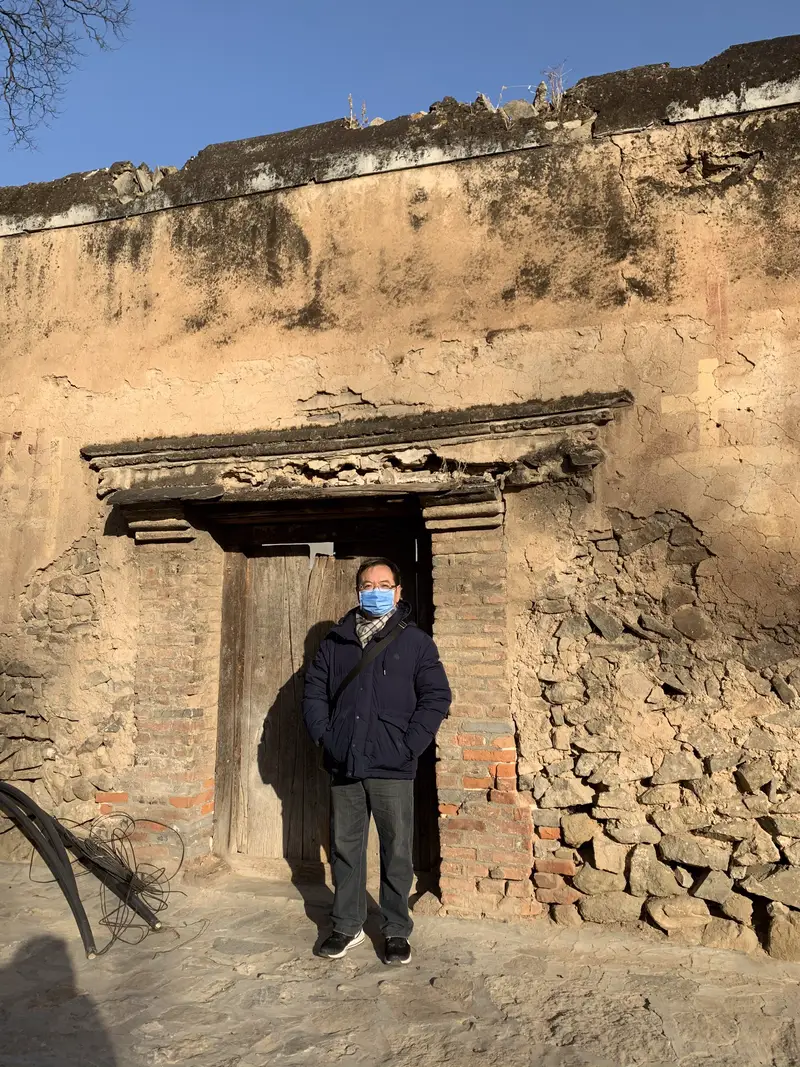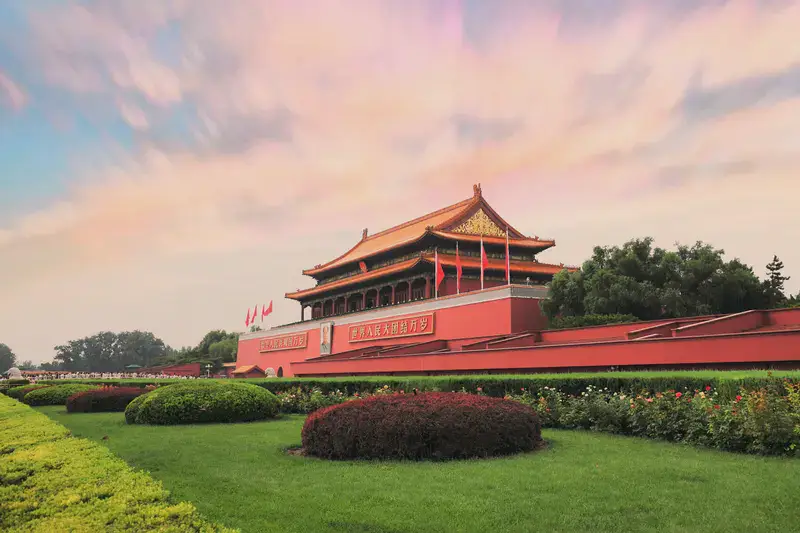Discovering Donghulin Human Site: A Hidden Gem in Beijing’s Mountains
Where Is It?
Donghulin Human Site sits quietly in the western part of Donghulin Village, Junxiang Township, Mentougou District, Beijing. This spot is nestled in the rolling hills of northern China’s rural landscape, about 90 kilometers west of downtown Beijing. To reach it, you’ll need to embrace a bit of adventure—think winding mountain roads and maybe a short hike, depending on weather conditions. The remote location makes it feel like a step back in time, far from the city’s hustle.
How to Get There?
- By Car: Rent a car or join a local tour group. Plug “Donghulin Village, Mentougou” into your GPS, but be prepared for narrow roads.
- Public Transport: Take the subway to Apple Garden Station (Line 1), then transfer to a bus heading toward Mentougou. From there, a taxi or local bike rental might be needed for the final leg.
- Tip: Check weather forecasts—rainy days could make the dirt paths muddy and tricky.
What’s the Natural Vibe Like?
The site is surrounded by lush greenery and quiet forests, with the mountains of the Taihang Range as a backdrop. In spring and summer, wildflowers and tall grasses frame the area, while autumn brings fiery red leaves. The air here feels crisper, and on clear days, you might spot distant peaks dusted with snow. It’s a peaceful escape, perfect for anyone craving fresh air and nature.
The Human Story: Why Visit?
Donghulin Human Site isn’t just any old ruin—it’s a window into Beijing’s ancient past. In 1966, students from Peking University stumbled upon this spot during a field study, uncovering graves dating back over 10,000 years! Later, in 1985, it became a key cultural heritage site in Mentougou.
Here’s the cool part: researchers found three individuals—a teenage girl and two adult men—buried in soil layers that helped date their era to the early New Stone Age. Their bones showed slight fossilization, and the way they were buried offers clues about how people lived back then. Even if you’re not a history buff, the chance to stand where humans once thrived thousands of years ago is pretty mind-blowing.
What’s There to See?
- The Burial Site: A simple, marked area where the remains were discovered. Expect basic information boards (in Chinese, so bring a translation app!).
- Exhibition Hall: Nearby, a small museum displays replicas of tools and bones, along with photos and maps explaining the site’s importance.
- Scenic Views: Wander beyond the main area to enjoy valleys, streams, and trails. Birdwatchers might spot rare species, too.
Facilities for Visitors
- Guided Tours: Available in Chinese; ask if English guides can be arranged (not guaranteed, so plan ahead).
- Rest Areas: Benches and shelters near the museum, but bring snacks/water as there are no shops.
- Toilets: Basic facilities exist, but always carry hand sanitizer.
- Accessibility: The site is mostly outdoor and uneven—wear sturdy shoes!
What’s the Visit Like?
Visiting Donghulin feels like combining a hike with a history lesson. Start at the museum to grasp the context, then walk to the burial site. The lack of crowds lets you soak in the silence, which is rare near Beijing. If you love nature, bring a camera—the landscapes are Instagram-worthy. History lovers will appreciate the plaques and exhibits, even if details are brief.
Pro Tips:
- Go on a weekday to avoid Chinese tour groups.
- Pair this with a visit to nearby Mentougou attractions like Tanxia Village or Guanyin Mountain for a full day trip.
- Bring sunscreen, a hat, and patience for unmarked paths.
Though small, Donghulin Human Site packs a punch for those curious about ancient Asia. It’s not a flashy landmark, but its tranquility and historical weight make it a memorable stop for adventurous travelers.

